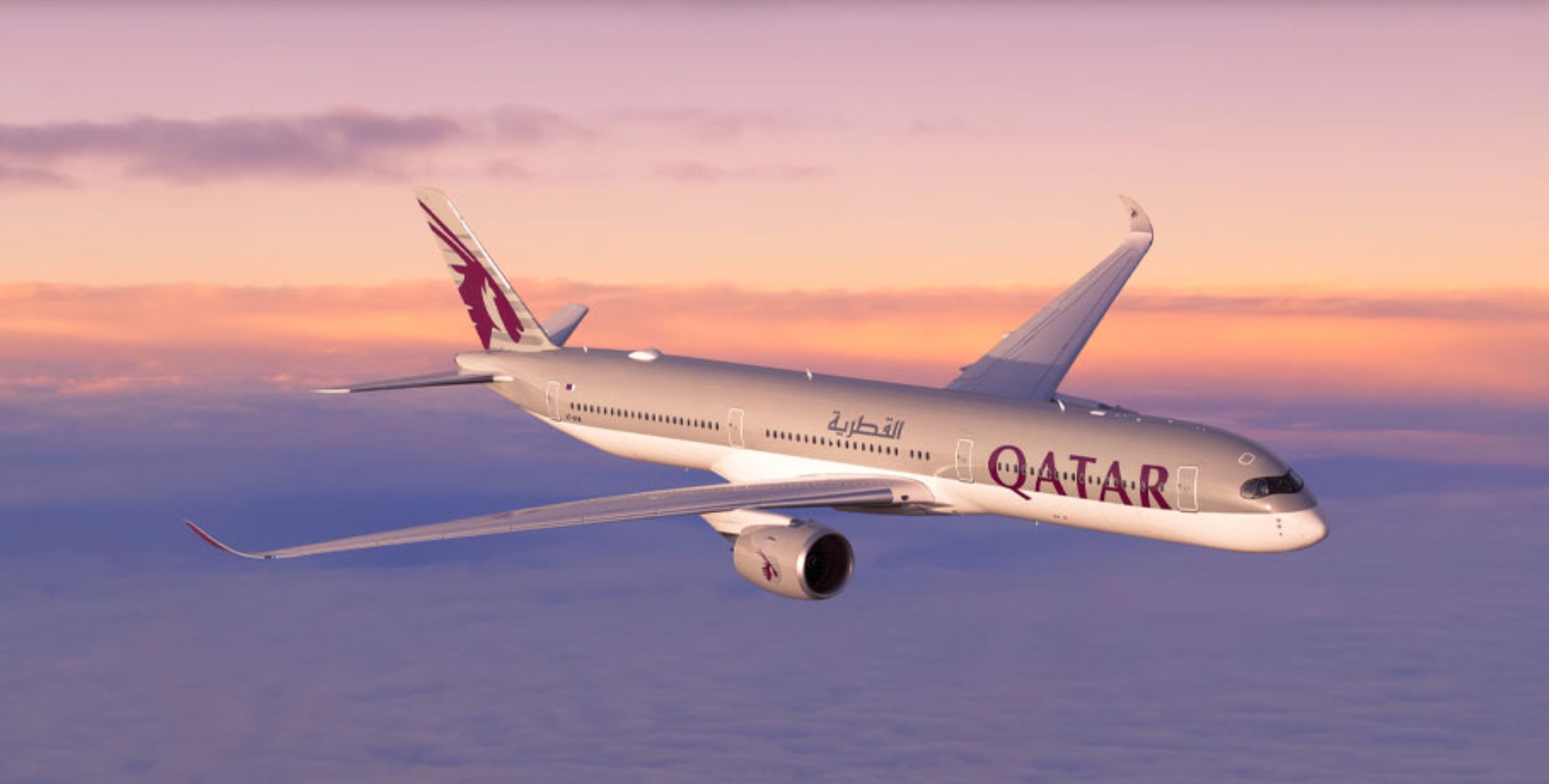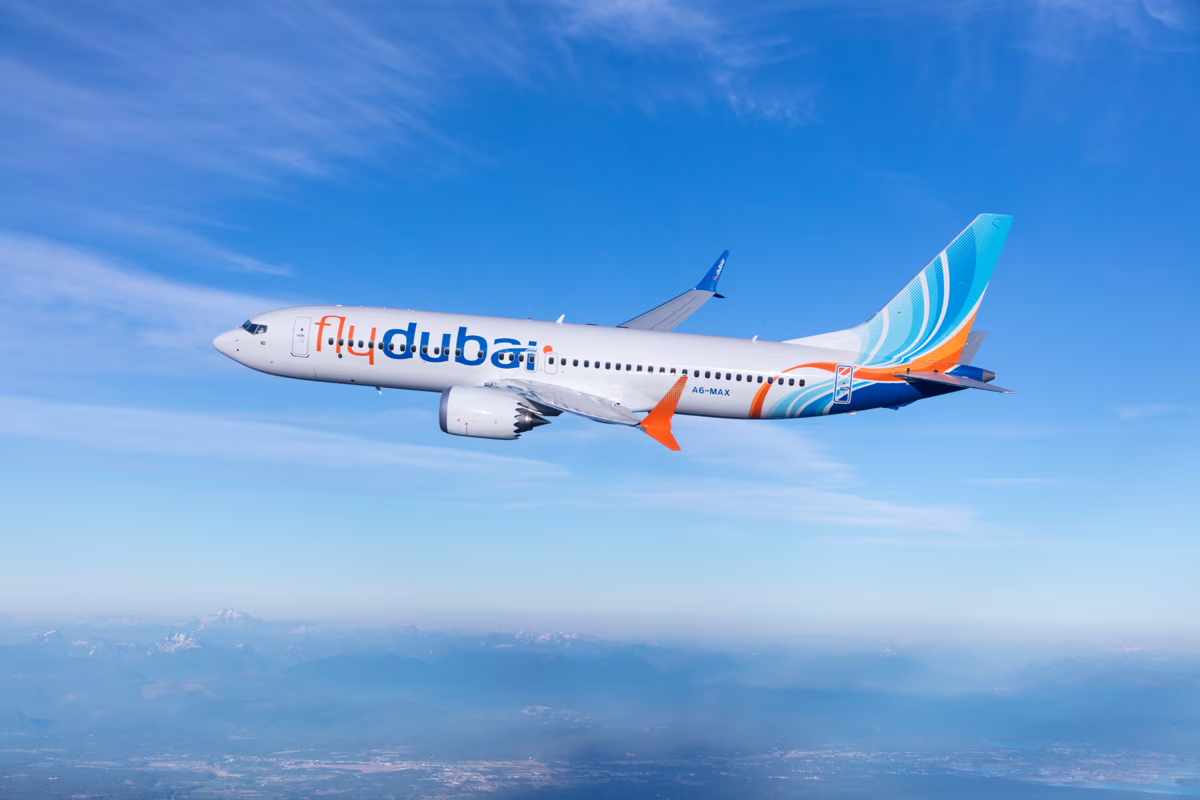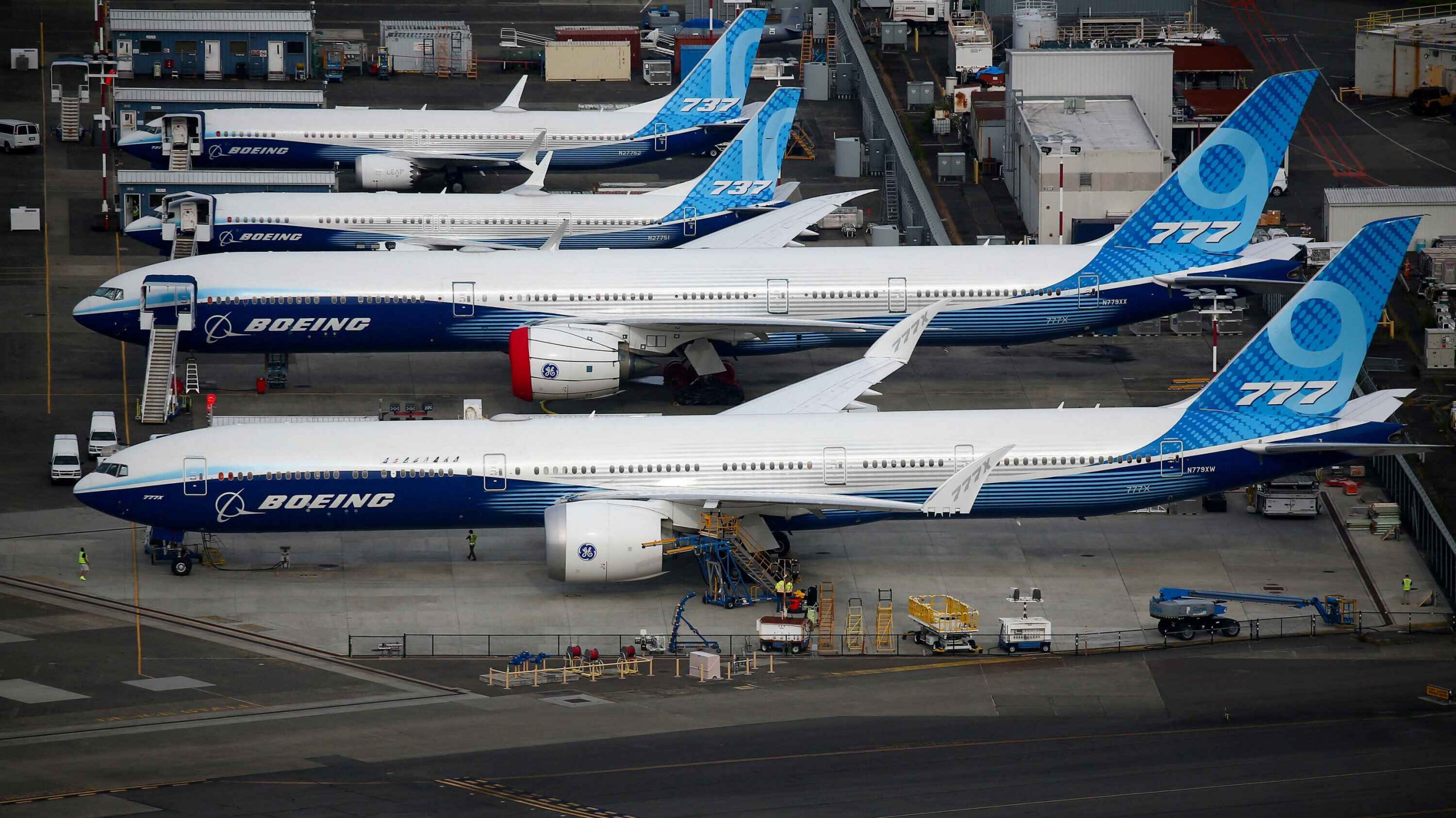W Maldives proudly announces the well-deserved promotions of Ahmed Zahir, who transitions into the role of Rooms Division Manager, and Ismail Saeed, now assuming the position of Welcome Manager.
Formerly excelling as the Welcome Manager, Ahmed Zahir brings a wealth of experience and expertise to his new role. The promotion is poised to further enhance guest experiences and operational excellence within the Rooms Division. Ismail Saeed, previously serving as the Lounge Manager, steps into the pivotal role of Welcome Manager. In this new role his exceptional leadership skills and dedication to guest satisfaction will undoubtedly flourish.
Celebrating Ismail Saeed (Saito) a Welcome Manager
W Maldives announced the promotion of Ismail Saeed (Saito) to Welcome Manager at the resort, effective 15th April 2024. His journey with W Maldives started back in 2010, as a Welcome Agent. From there, he moved to airport operations. In this role, Saito served as a Lounge Ambassador in 2013. Throughout his journey, he has developed skills with a commitment to growth, showcasing his strong contribution to the team and W Maldives.
His diverse skill set in multiple departments makes him the perfect candidate for the role. In addition to these experiences, Saito has also completed his cross-exposure program in Housekeeping at The Ritz-Carlton Maldives, Fari Islands.
W Maldives Promotes Ahmed Zahir (Coacha) to Rooms Division
Ahmed Zahir (Coacha) has been promoted to Rooms Division Manager at W Maldives effective 15th April 2024. Just like Ismail, his journey at W Maldives began in 2010. Since joining as a Welcome Agent, Coacha has held various roles in Welcome for the past 13 years.
Before joining W Maldives, he worked as a task force at the St. Regis Red Sea. Here, he served as a pre-opening trainer, and is participating in the Marriott Kurimagu program.







